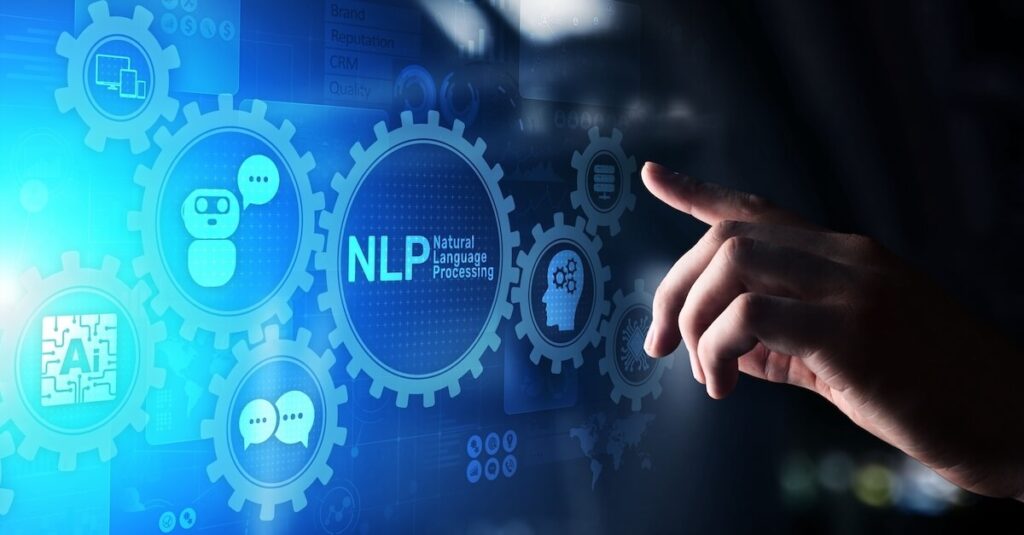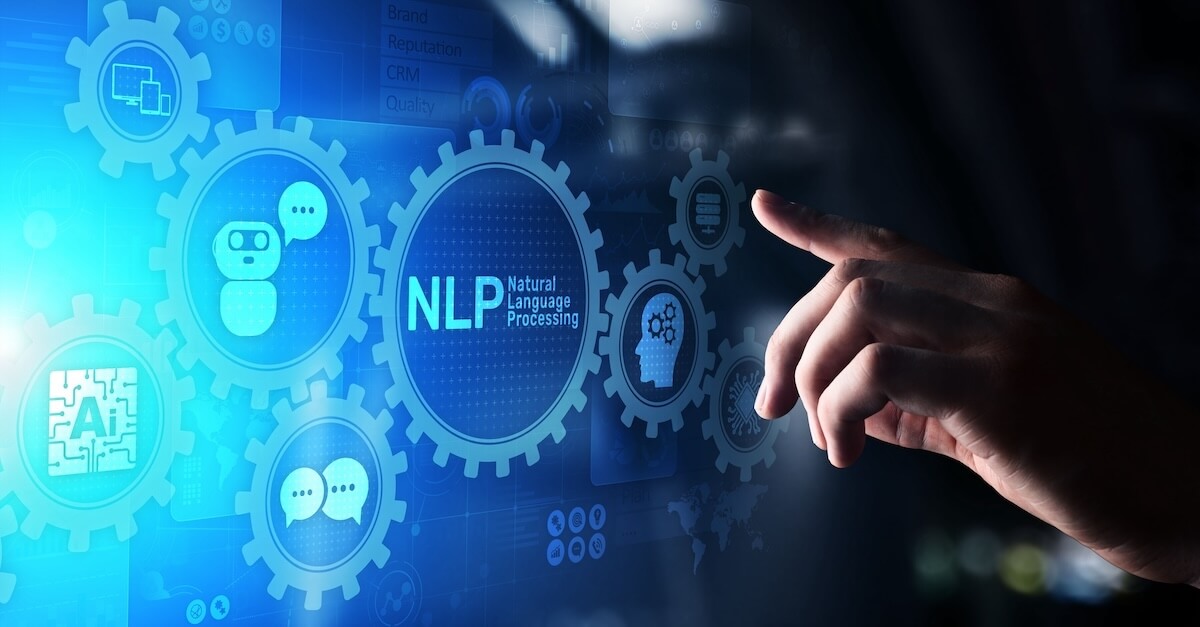Artificial Intelligence (AI) has reshaped industries globally, driving significant changes in business operations. One of the most transformative fields within AI is Natural Language Processing (NLP). NLP bridges the gap between human communication and computer systems, enabling machines to understand, interpret, and generate human language increasingly sophisticatedly.
This article explores key NLP techniques, their real-world applications, and their profound impact across various sectors.
Text Classification
Text classification is a foundational NLP technique that categorizes text into predefined groups by training models to recognize patterns within textual data. This technique has found applications in numerous industries, including:
Spam Detection
Text classification is extensively used in email services to filter spam. By analyzing content and context, AI models can identify unwanted messages, ensuring users have cleaner, more organized inboxes.
Sentiment Analysis
Businesses employ sentiment analysis to gauge public opinion on their brands, products, or services. By analyzing text data from social media, reviews, and surveys, companies gain actionable insights into consumer sentiment and adjust strategies to meet customer needs.
Content Moderation
Online platforms leverage text classification to identify and manage inappropriate, misleading, or harmful content. This includes detecting hate speech, offensive language, or misinformation to create safer digital environments.
Text classification has grown as businesses increasingly operate online, making it crucial to monitor interactions and prevent issues such as cyberbullying or misinformation spread.

Speech Recognition
Speech recognition technology converts spoken language into written text, enabling seamless interaction between humans and machines. Recent advancements in deep learning have significantly improved its accuracy and functionality.
Voice Assistants
Virtual assistants like Siri, Alexa, and Google Assistant rely on speech recognition to understand voice commands. These tools allow hands-free interaction, making daily tasks more convenient and accessible. Companies are also localizing these assistants by supporting more languages, enabling global reach.
Transcription Services
Speech recognition is widely used for transcribing audio from meetings, lectures, and interviews. This technology is particularly valuable for professionals, researchers, and students, providing time-saving solutions and easily searchable text records.
Additionally, speech recognition enhances inclusivity by supporting individuals with hearing impairments or other challenges in accessing written content.
Text Generation
Text generation allows NLP models to create coherent and contextually relevant text. Applications of this technology are diverse and include:
Automated Content Creation
Text generation tools assist in creating articles, blog posts, and marketing content. While they save time, it’s essential to combine AI-generated content with human creativity to maintain quality and authenticity.
Chatbots and Virtual Assistants
AI-driven chatbots and virtual assistants generate human-like responses, helping businesses manage customer inquiries efficiently. When necessary, they escalate issues to human representatives, streamlining customer support operations.
Named Entity Recognition (NER)
NER identifies and categorizes entities such as names, locations, dates, and organizations within a text. It has applications across multiple sectors:
Enhanced Search Results
Search engines and digital assistants use NER to deliver accurate results by recognizing specific entities in user queries.
Financial Analysis
In the finance sector, NER extracts key information from reports, articles, and market data, empowering investors and analysts to make data-driven decisions.
Healthcare Applications
NER streamlines information extraction from medical records, enabling improved patient care and research efficiency by identifying diseases, treatments, and relevant medical terms.
Sentiment Analysis
Sentiment analysis determines the emotional tone of the text, helping organizations understand public attitudes toward their brand or services.
Brand Monitoring
By analyzing online reviews and social media posts, companies gain insights into consumer sentiment, identifying areas of improvement, and responding to feedback proactively.
Market Research
This technique analyzes consumer trends and preferences, allowing businesses to refine product development and marketing strategies.
Political Insights
Sentiment analysis assesses public opinion on political issues, conflicts, or candidates by analyzing news articles, surveys, and social media posts.
The Impact of NLP and AI
Natural Language Processing is revolutionizing industries by enabling businesses to understand better and engage with their audiences. Its applications extend from customer service and content creation to healthcare and global communication.
As AI evolves, NLP’s potential will expand, offering even more sophisticated tools for enhancing interactions between humans and machines. This shift toward automation and innovation is driving transformation across industries, shaping the future of how we work, communicate, and live.

















